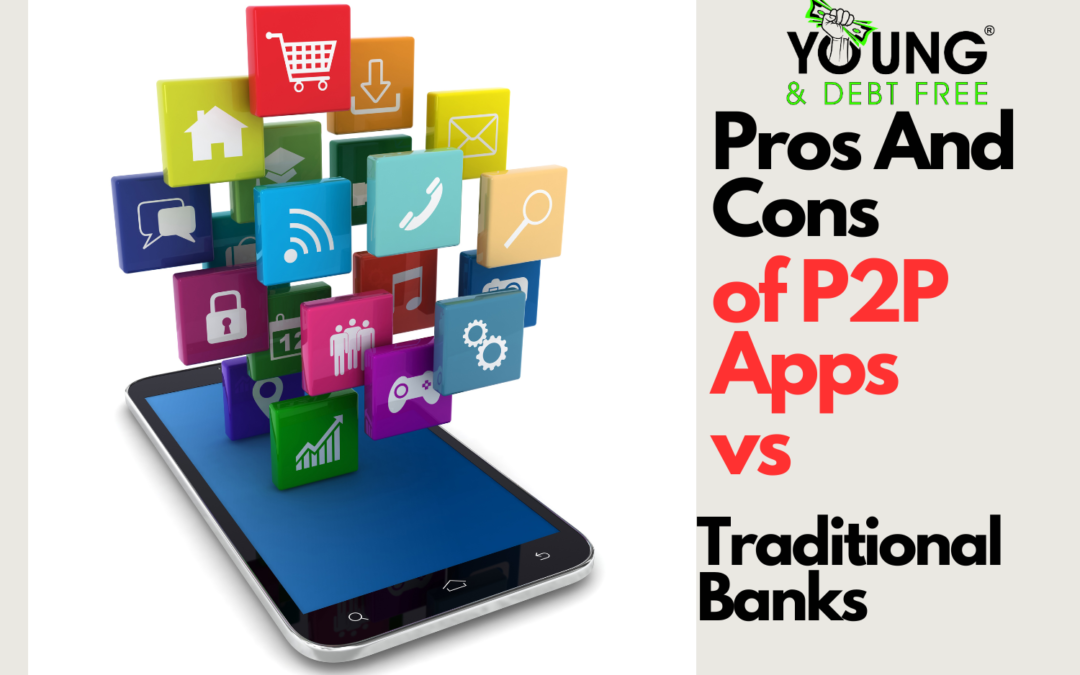Using peer-to-peer (P2P) apps instead of traditional banks comes with its own set of advantages and disadvantages. It’s important to consider your individual needs, preferences, and priorities when deciding between the two. Here are some pros and cons of using P2P apps compared to traditional banks:
Pros of Using P2P Apps:
- Convenience:
- P2P apps are often more user-friendly and offer a more streamlined experience for basic transactions and transfers.
- Speed of Transactions:
- P2P apps generally facilitate faster transfers, and many transactions occur in real-time or within a short period.
- Ease of Use:
- P2P apps are designed to be intuitive and simple, making them accessible to users with varying levels of technological expertise.
- Peer-to-Peer Transactions:
- P2P apps excel at facilitating direct transactions between individuals, making it easy to split bills, share expenses, and send money to friends and family.
- Mobile Accessibility:
- P2P apps are often accessible through mobile devices, allowing users to manage their finances on the go.
- Additional Features:
- P2P apps may offer additional features such as in-app purchases, integration with social media, and rewards programs.
Cons of Using P2P Apps:
- Limited Banking Services:
- P2P apps may not offer the full range of banking services provided by traditional banks, such as savings accounts, loans, or investment options.
- Security Concerns:
- While P2P apps implement security measures, there is always a risk of fraud or unauthorized access. Users should be vigilant about security practices.
- Dependency on Technology:
- P2P apps rely on technology and internet connectivity. If there are technical issues or outages, users may face difficulties accessing their funds.
- Fees and Charges:
- Some P2P apps may charge fees for certain transactions, especially if they involve credit cards or expedited transfers.
- Regulatory Differences:
- P2P apps may have different regulatory frameworks compared to traditional banks, potentially affecting consumer protection and dispute resolution.
- Lack of Physical Presence:
- P2P apps typically lack physical branches, which may be a disadvantage for those who prefer in-person interactions or need access to physical services.
Considerations:
- Hybrid Approach: Some individuals choose a hybrid approach, maintaining both a traditional bank account and using P2P apps for specific transactions.
- Security Measures: Regardless of the platform, it’s crucial to prioritize security by using strong passwords, enabling two-factor authentication, and monitoring account activity.
- Features and Services: Evaluate the specific features and services offered by both P2P apps and traditional banks to ensure they align with your financial needs.
Ultimately, the choice between P2P apps and traditional banks depends on your preferences, lifestyle, and the specific financial services you require. Many individuals find a combination of both to be the most practical solution.

